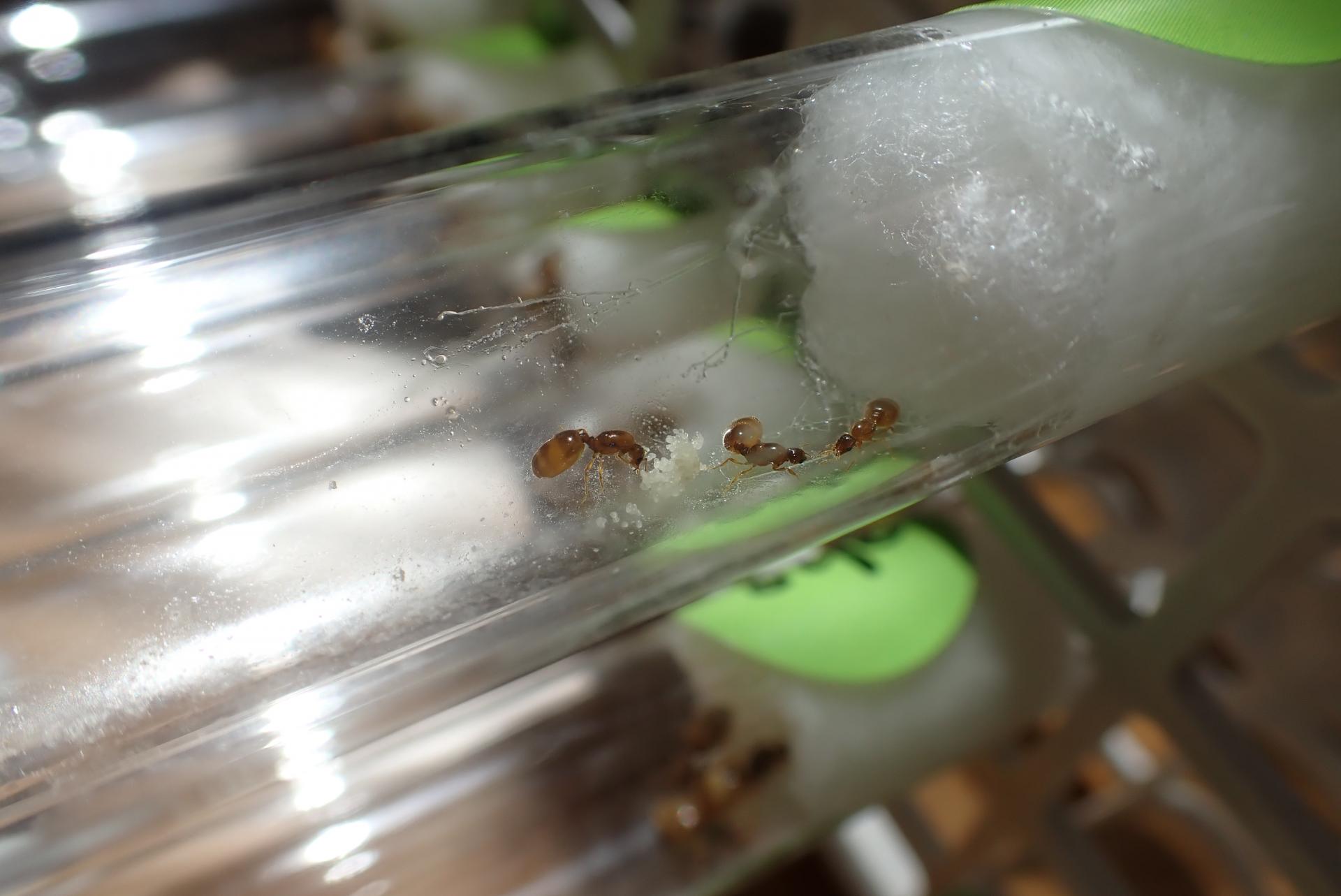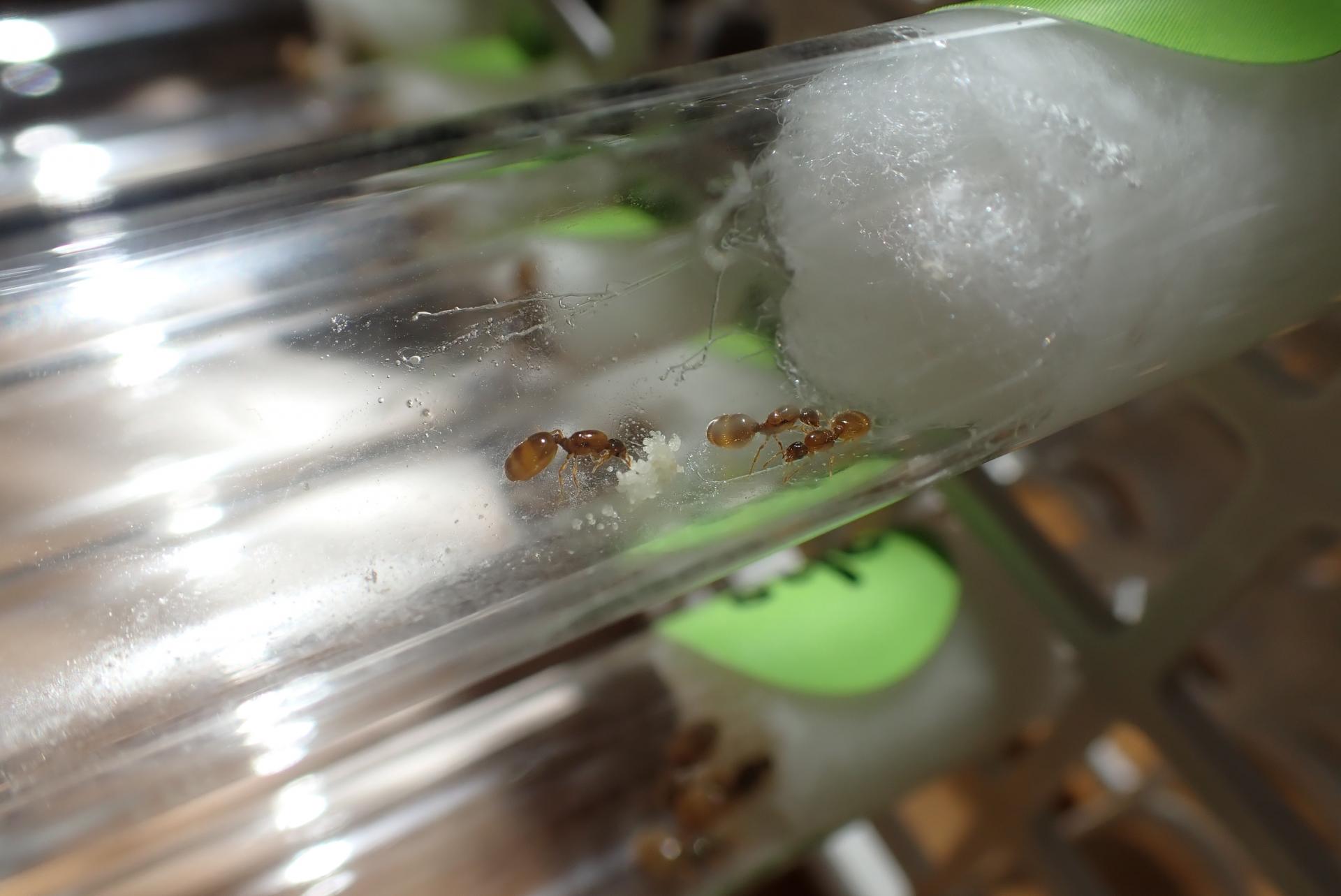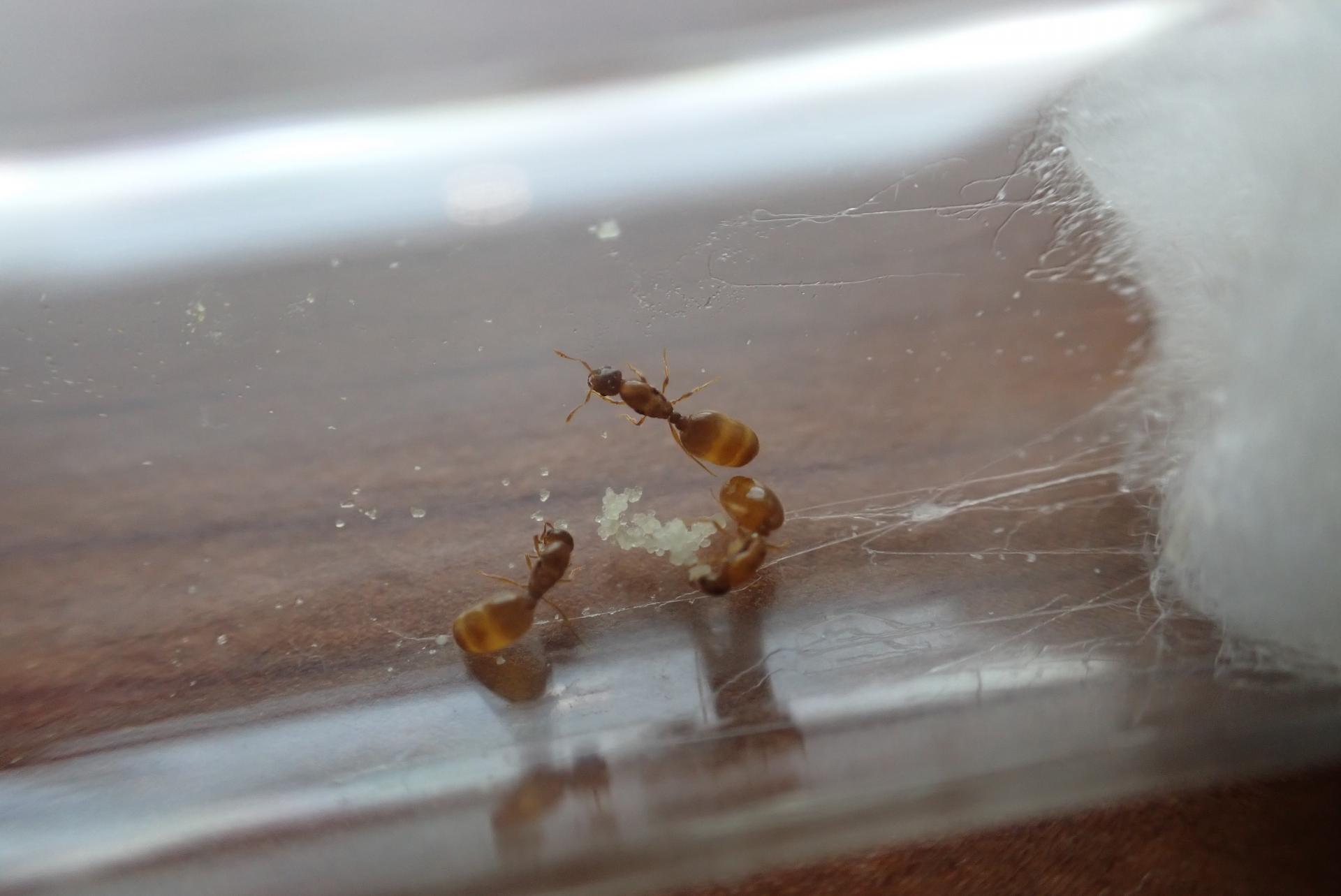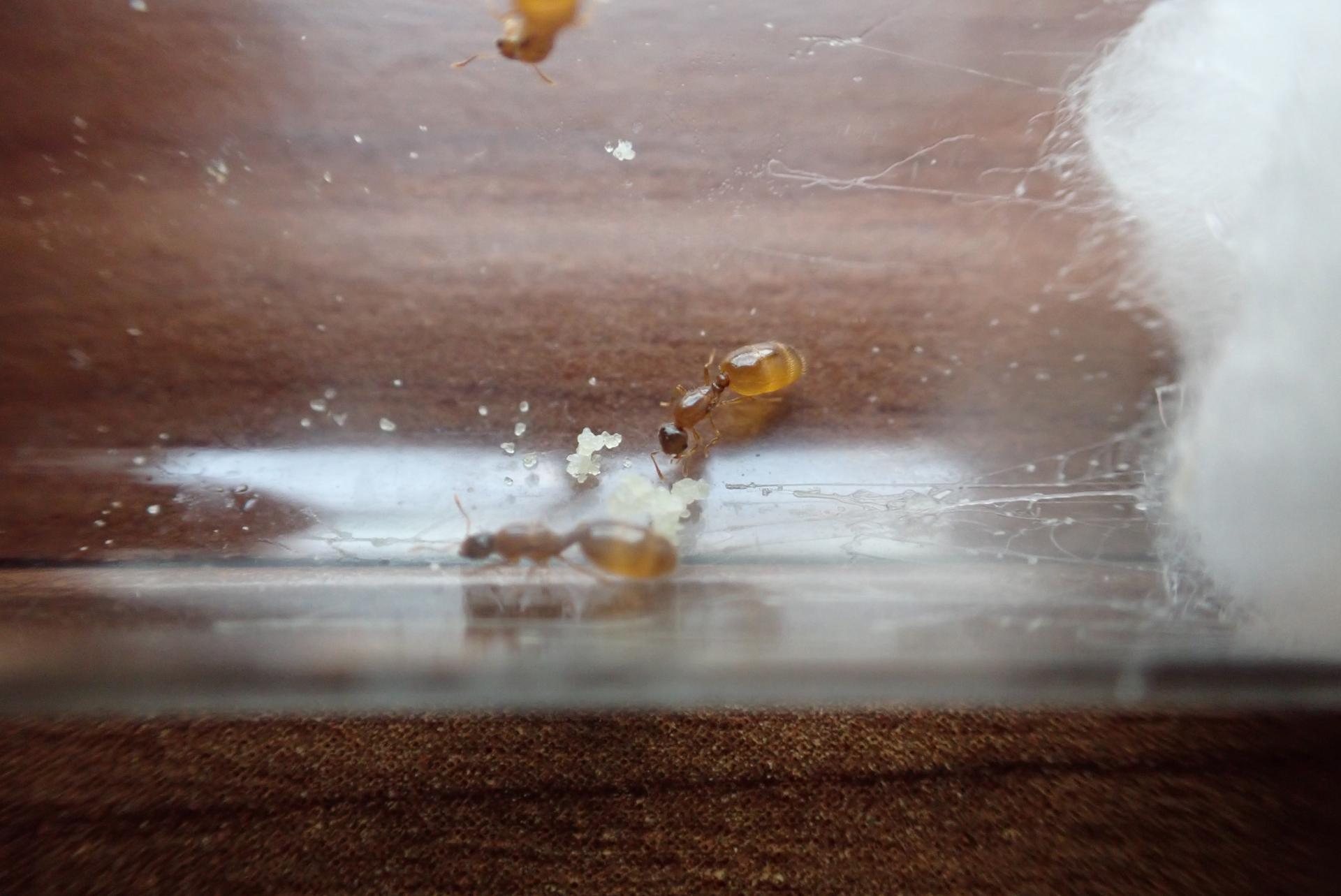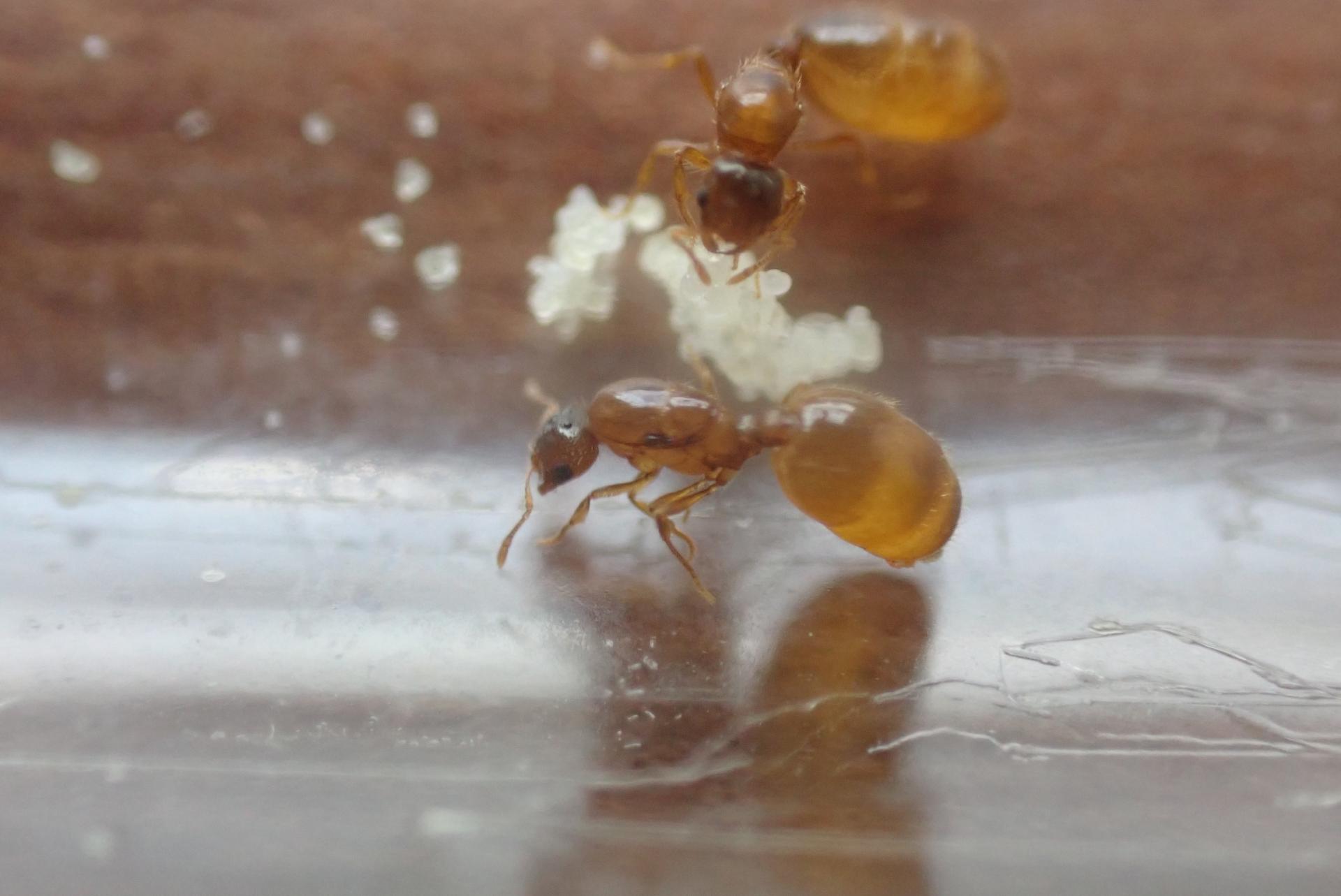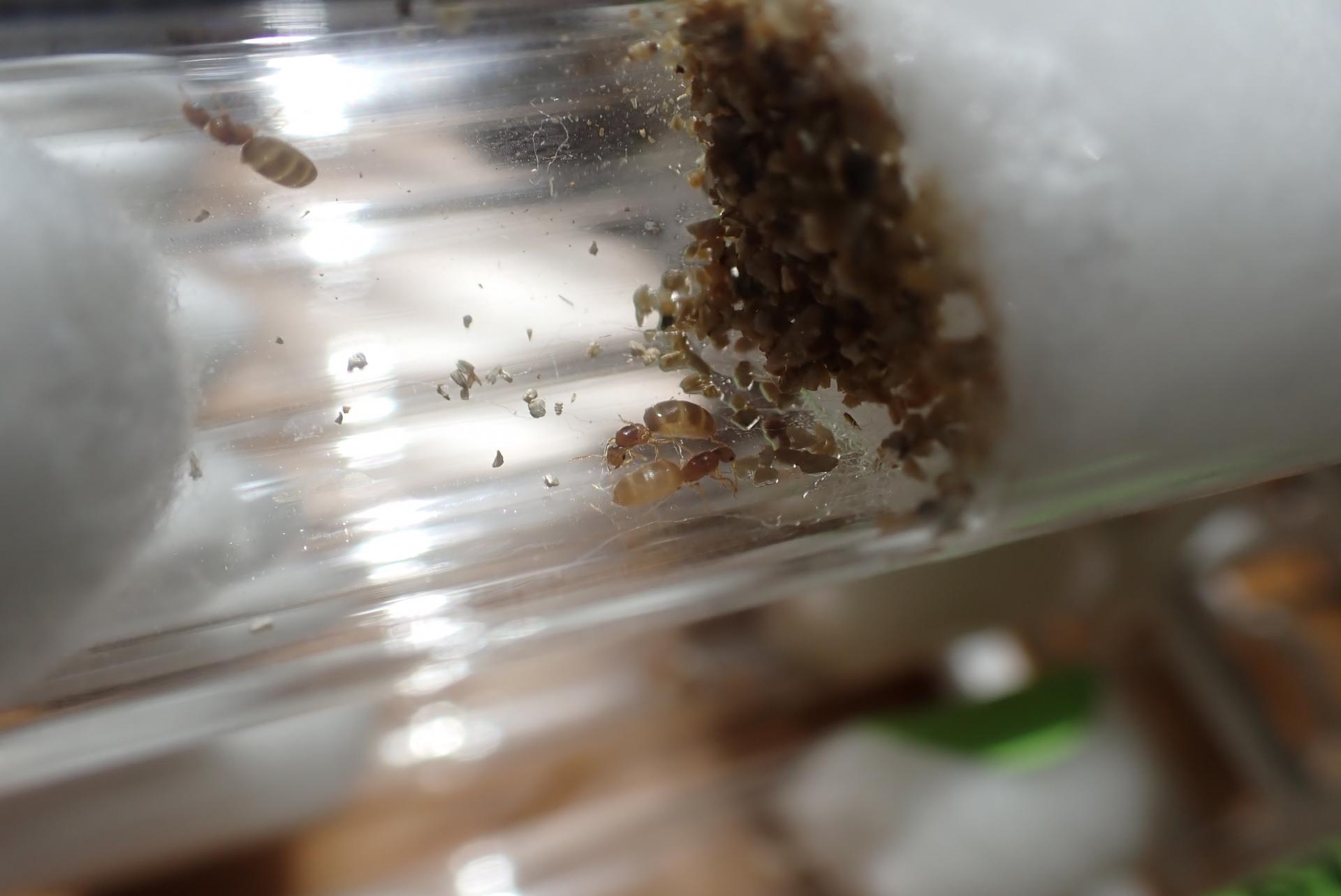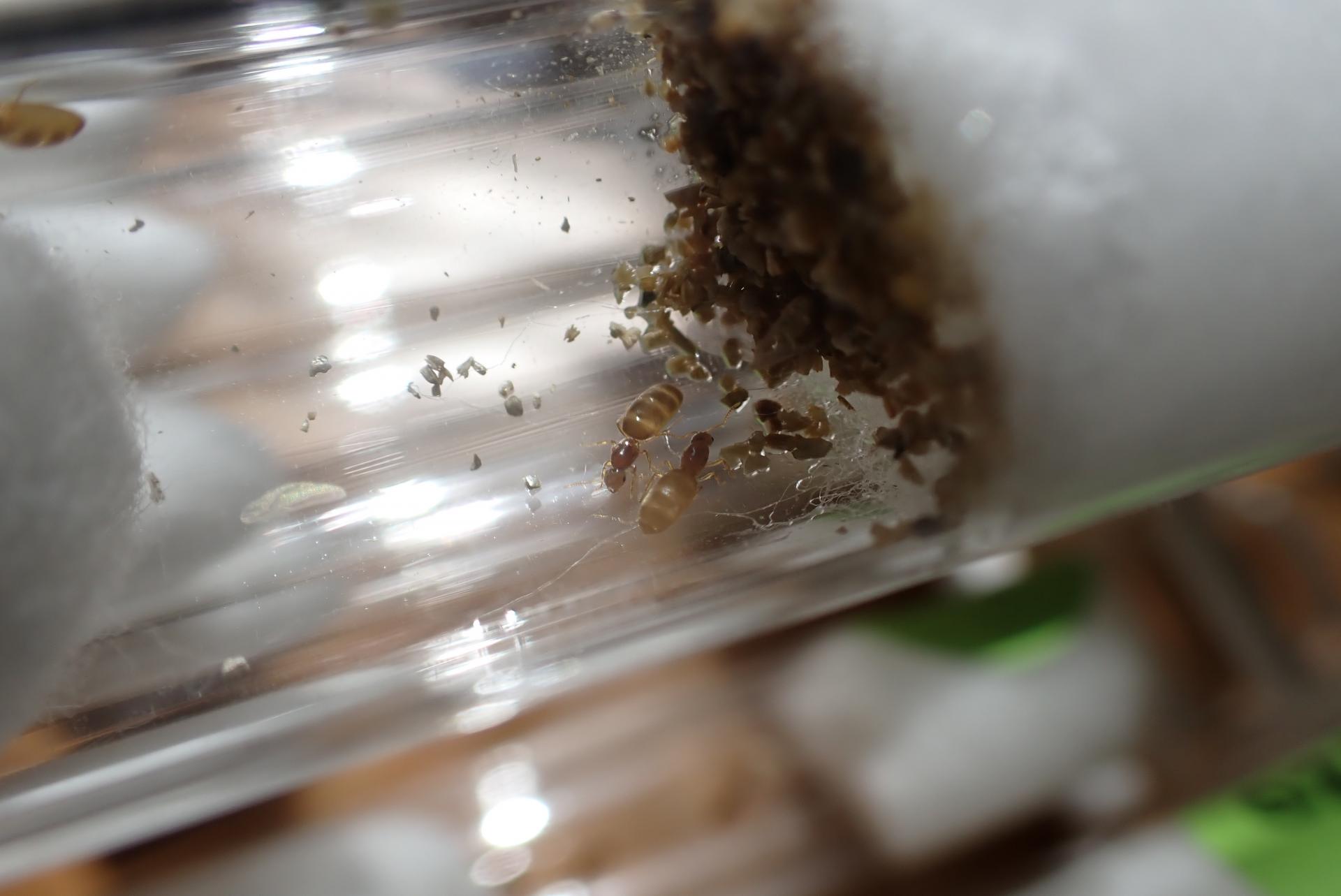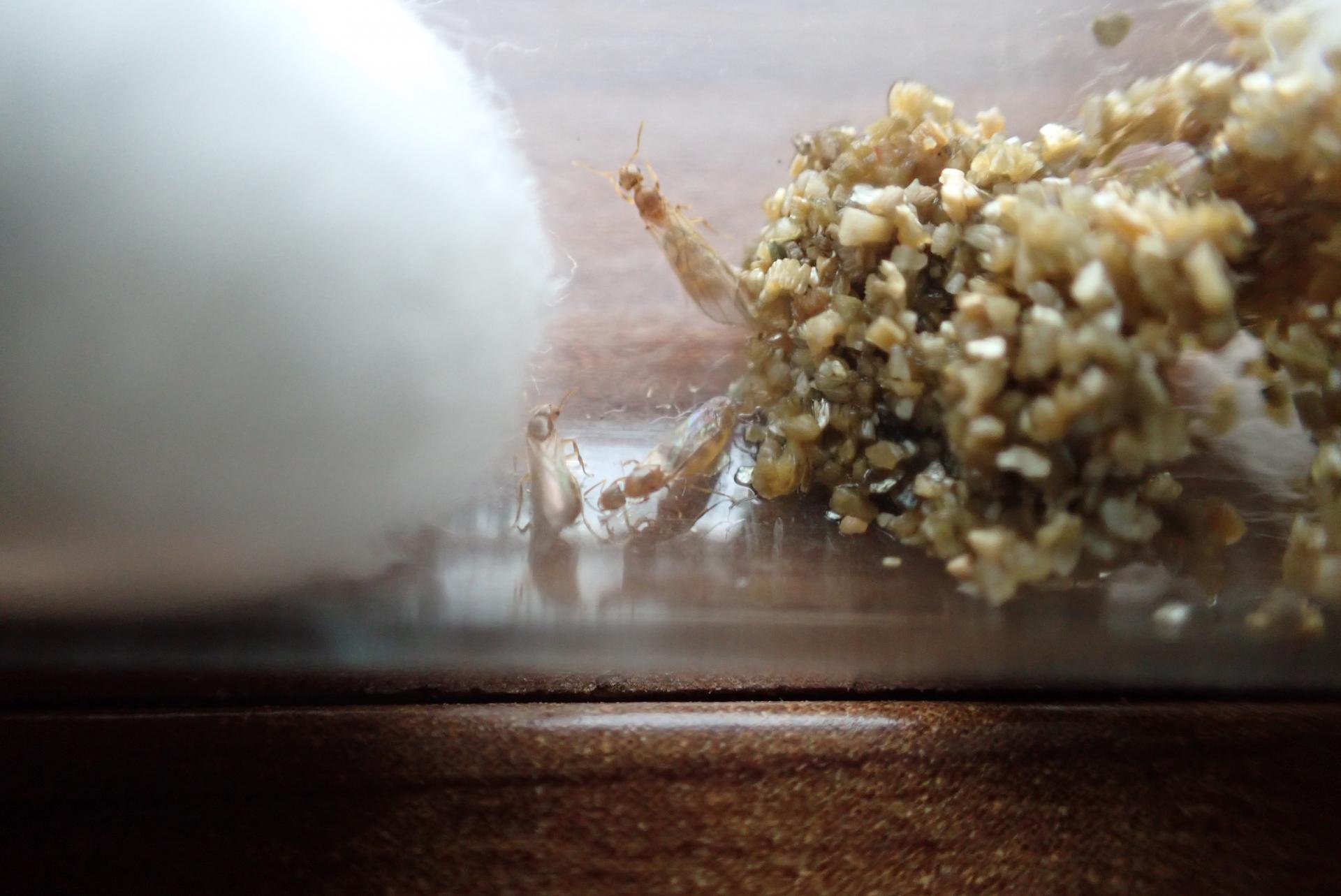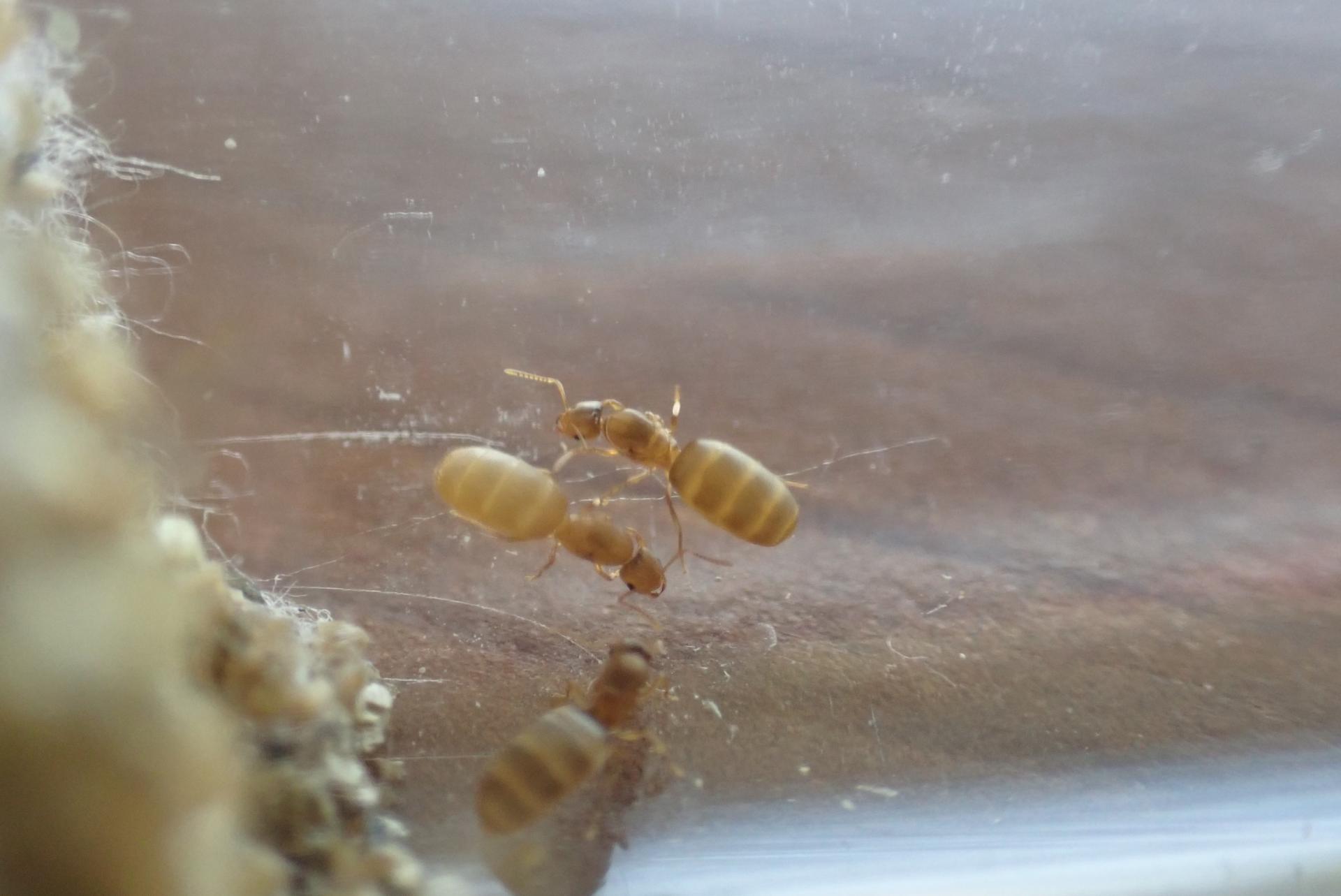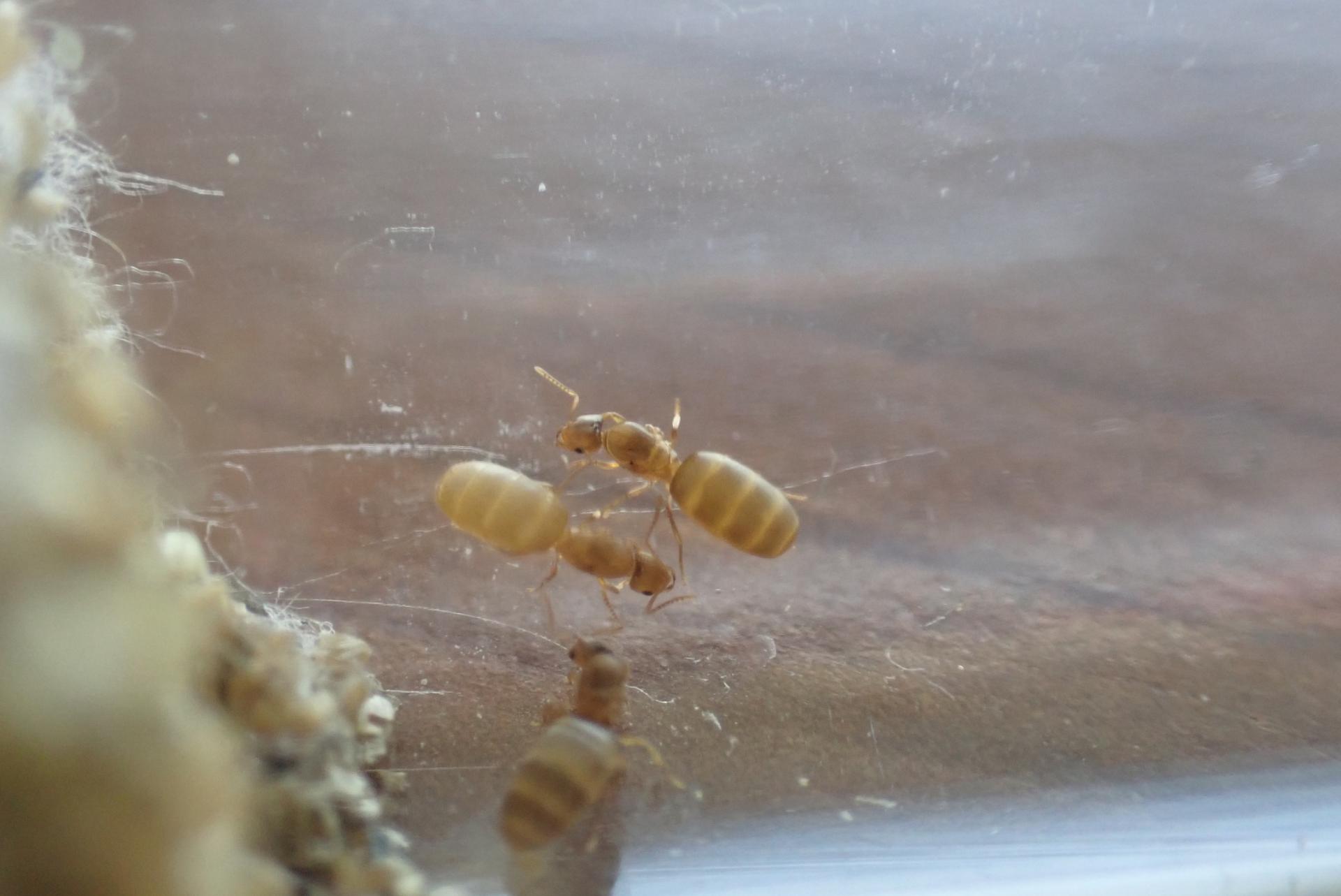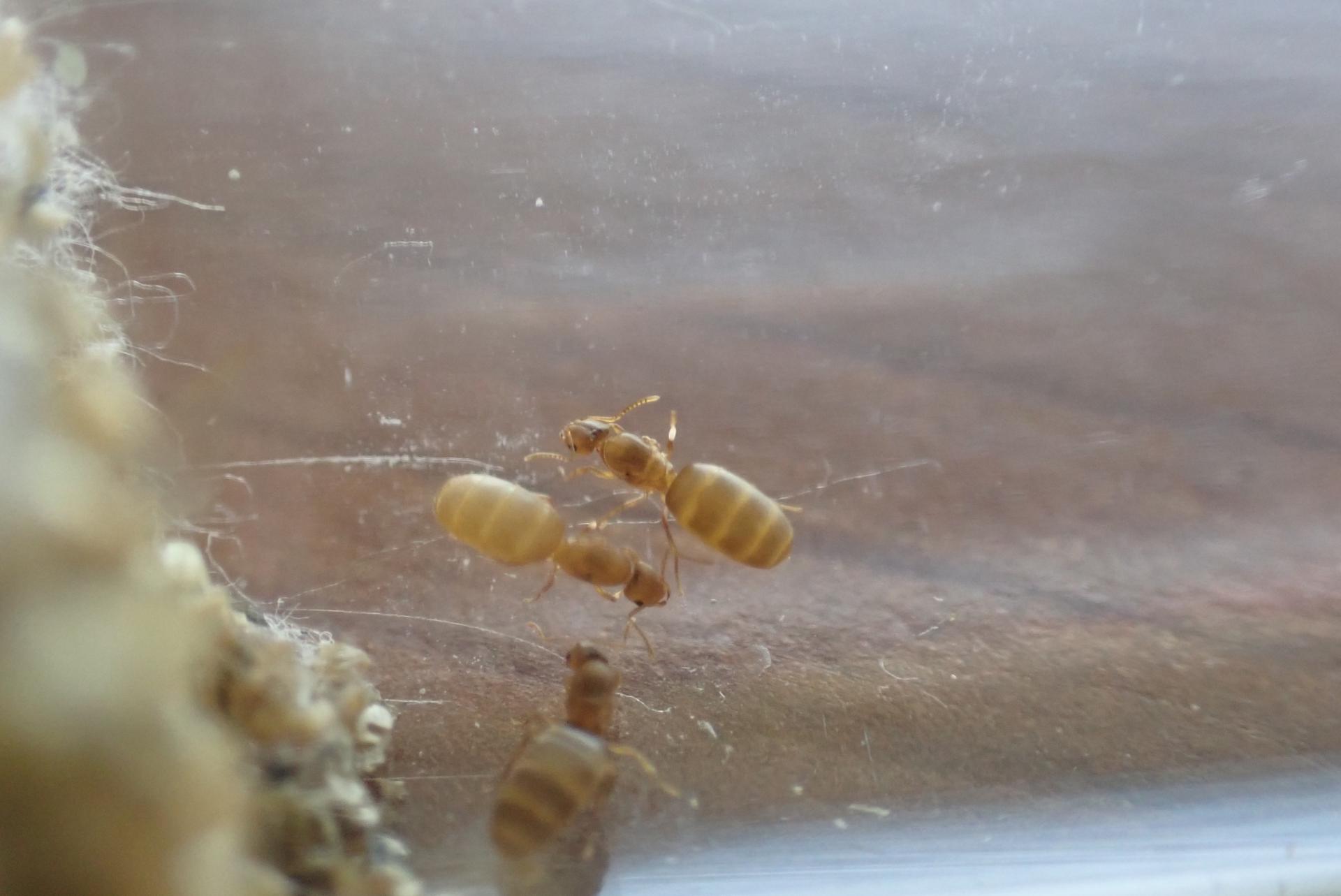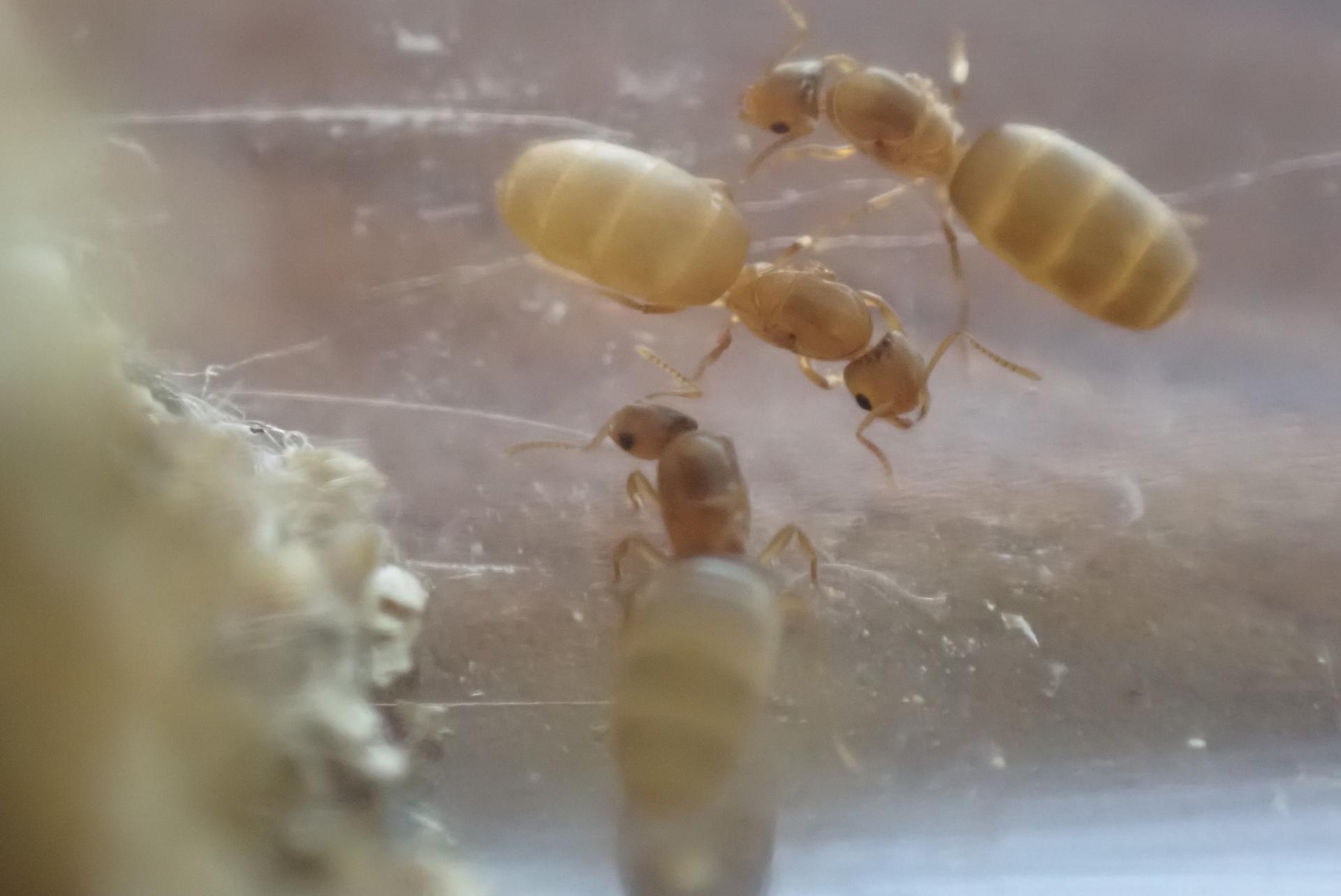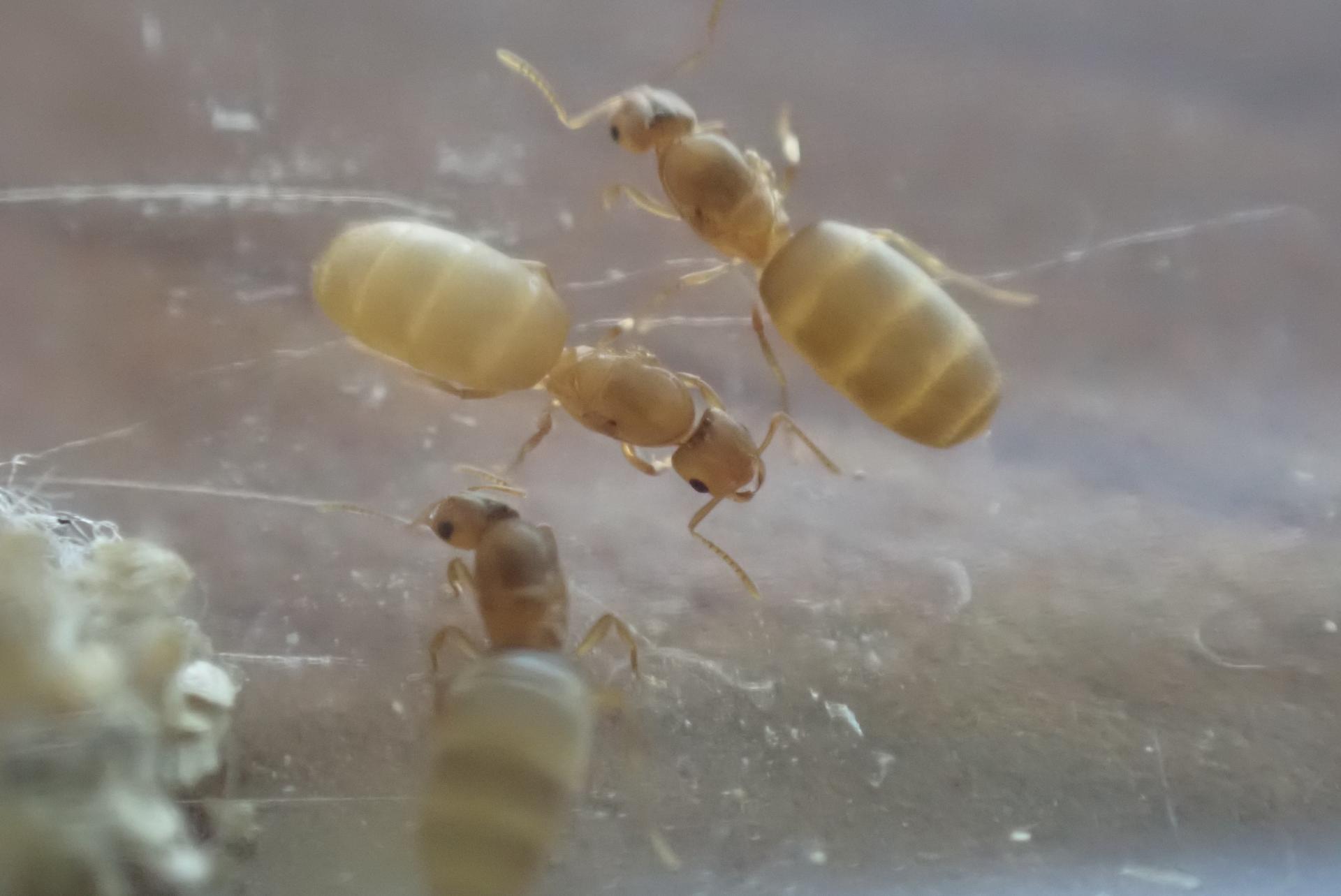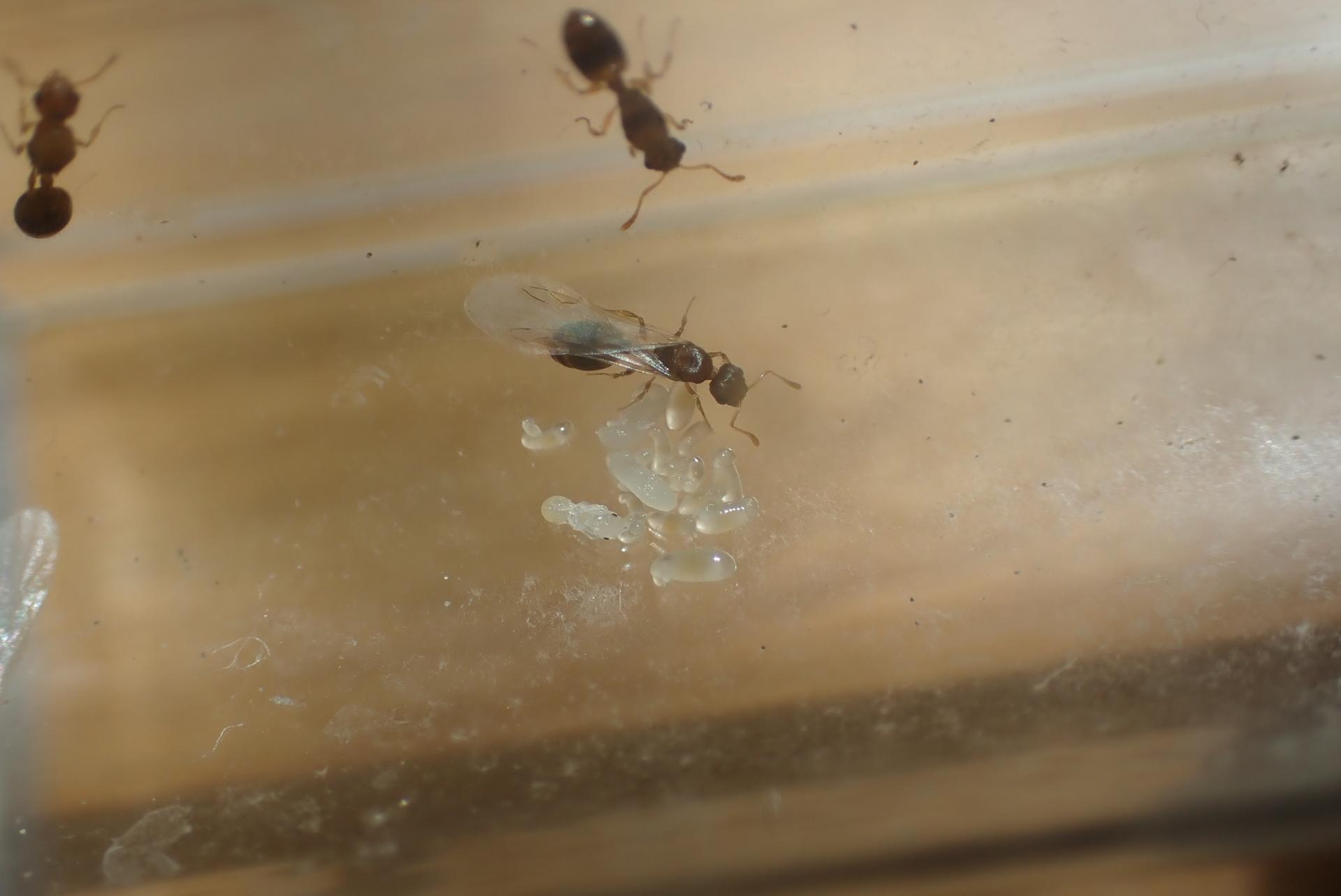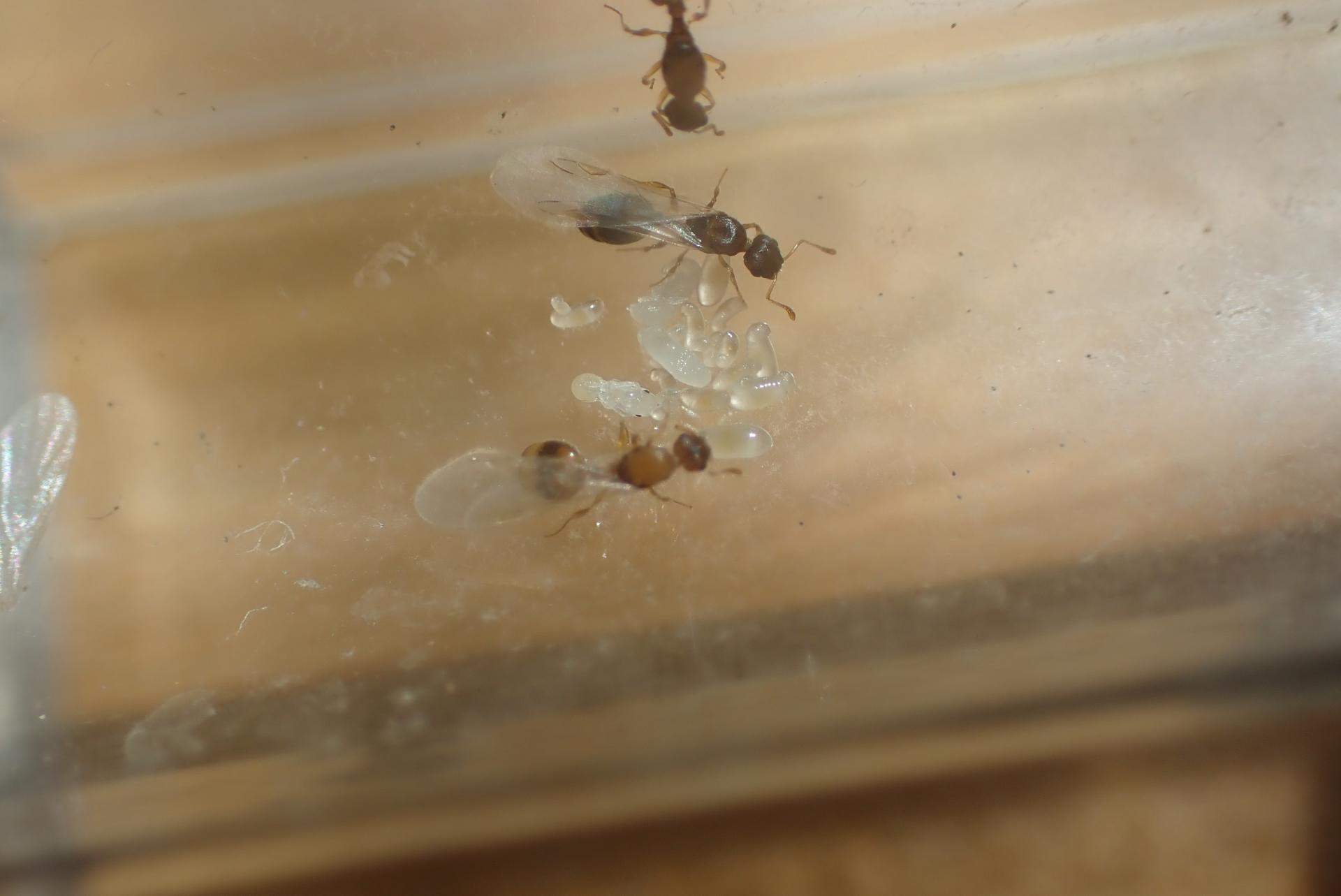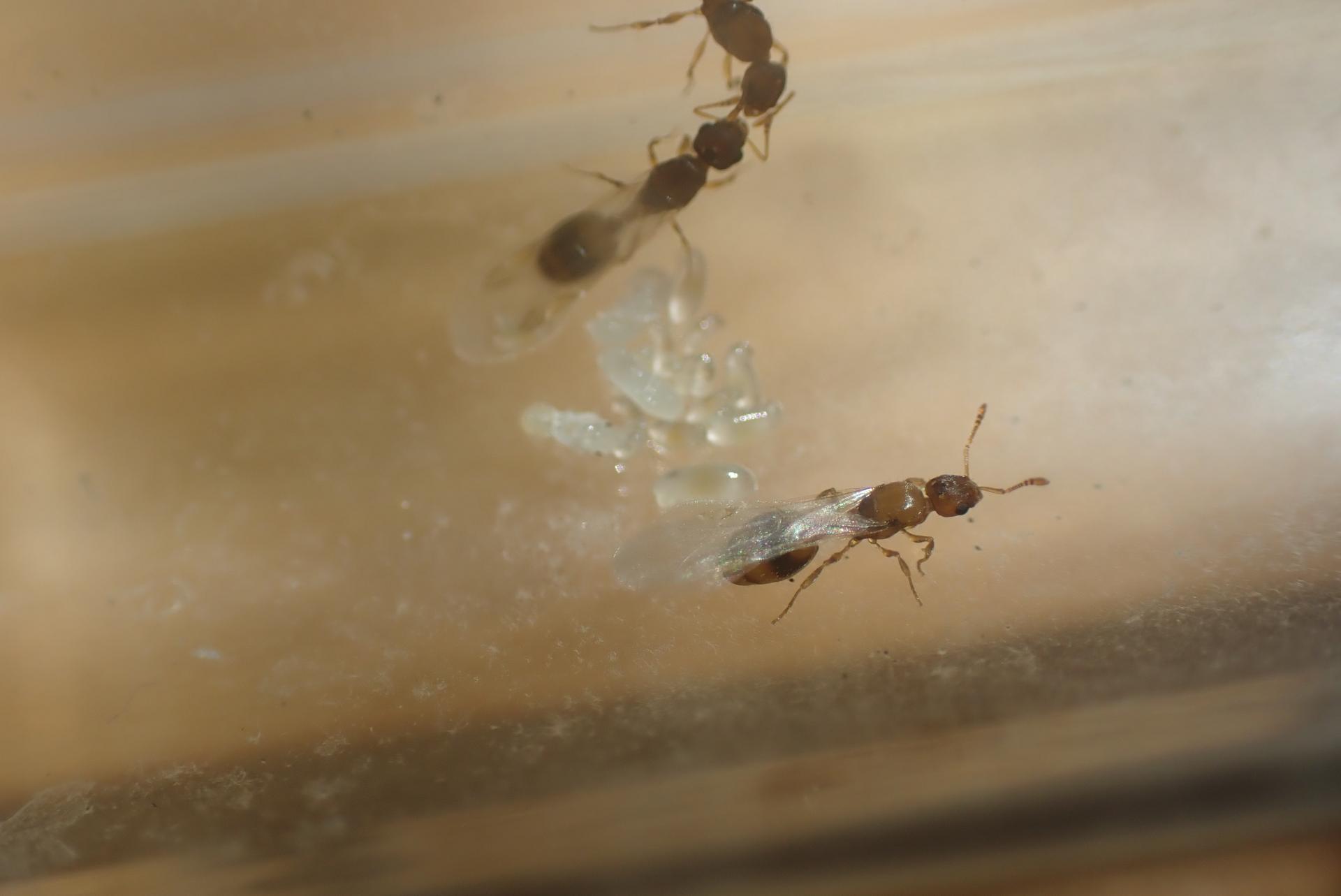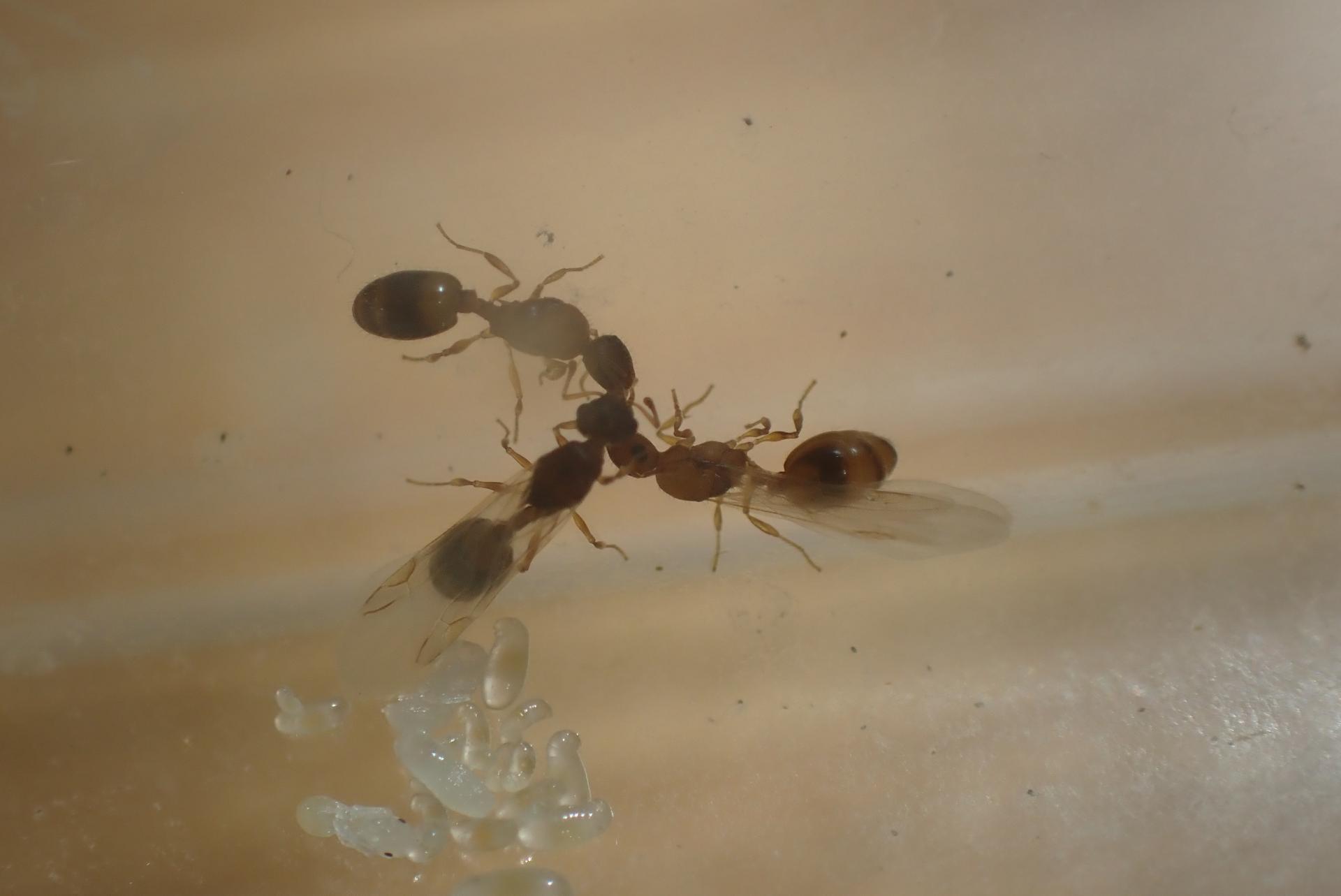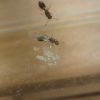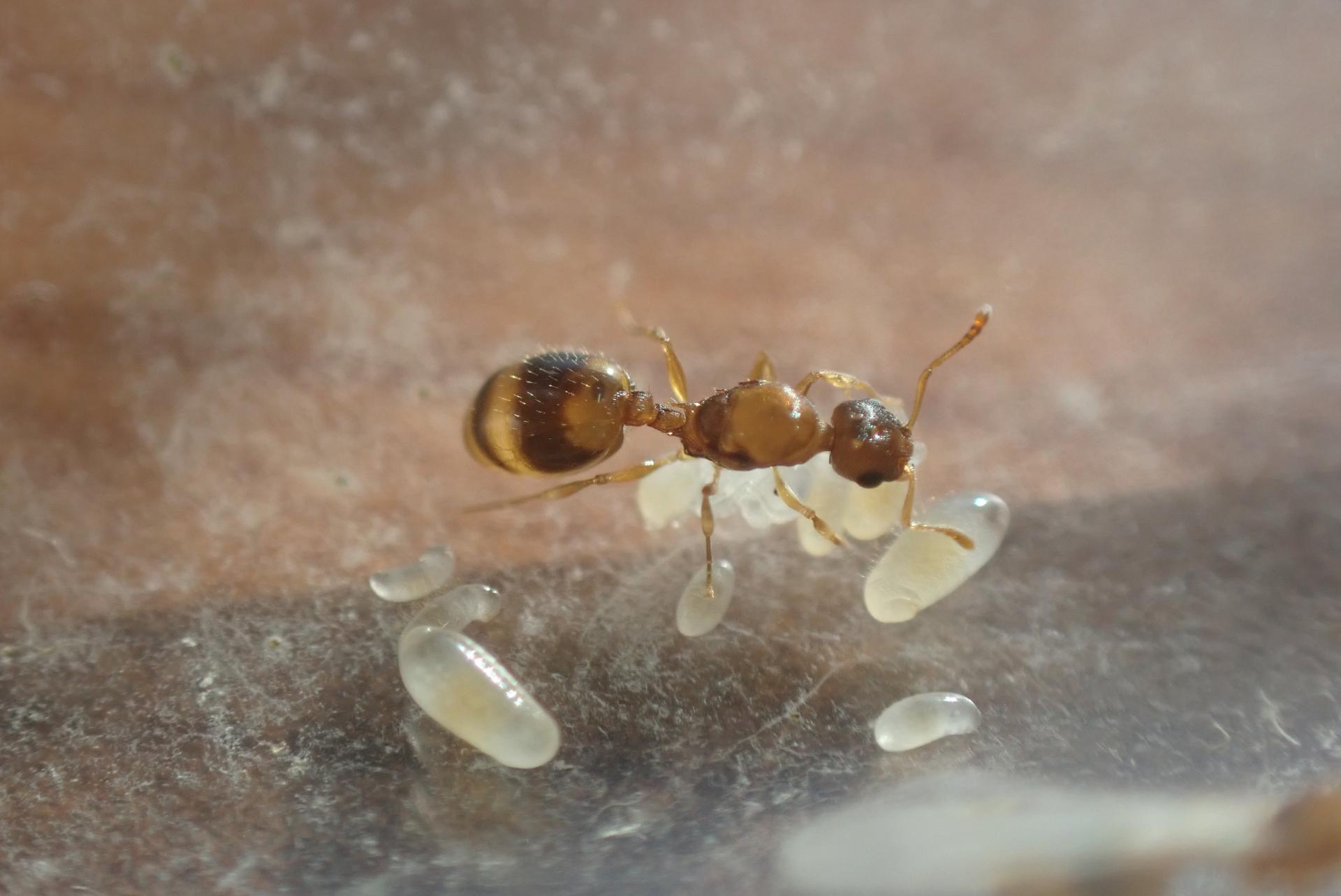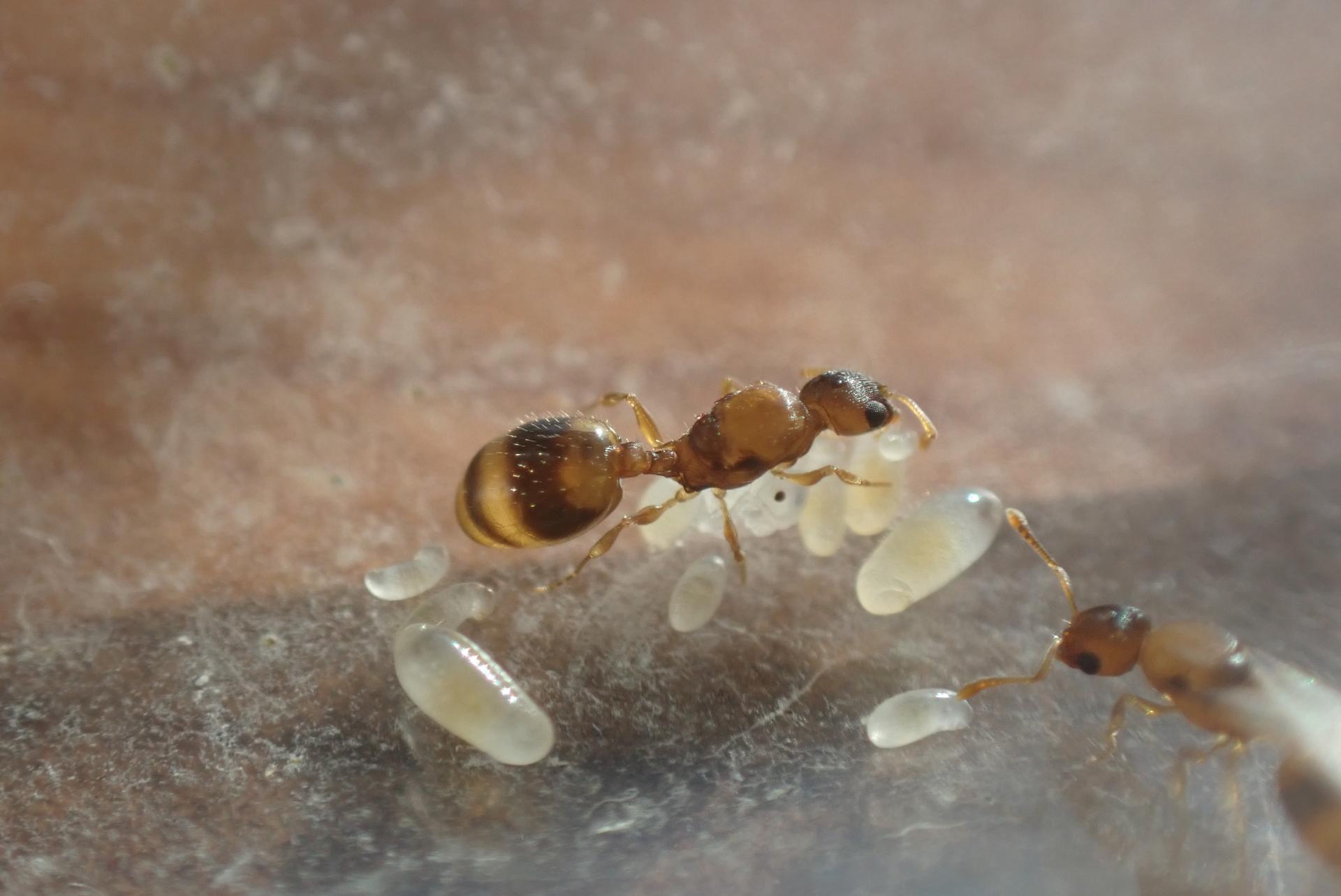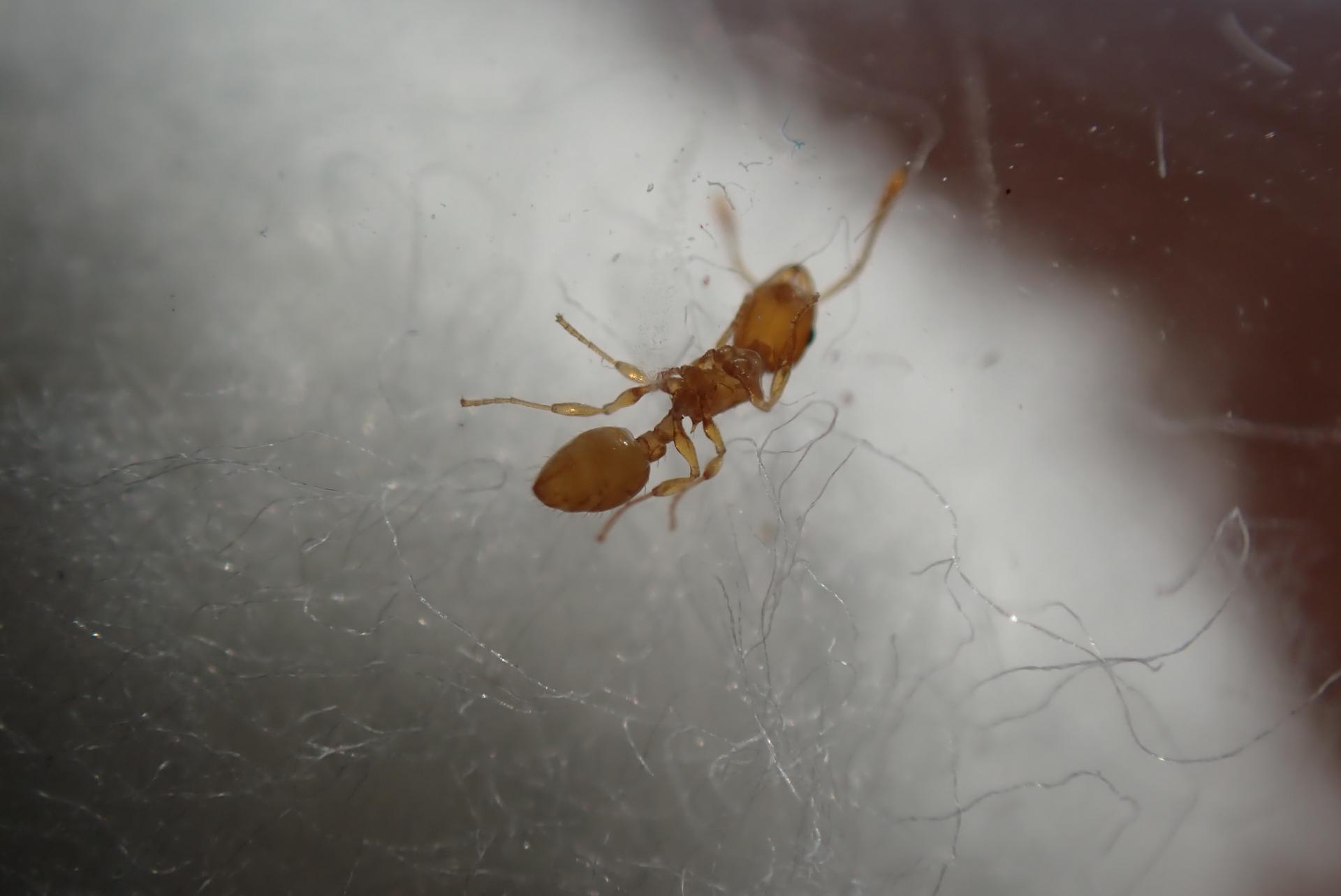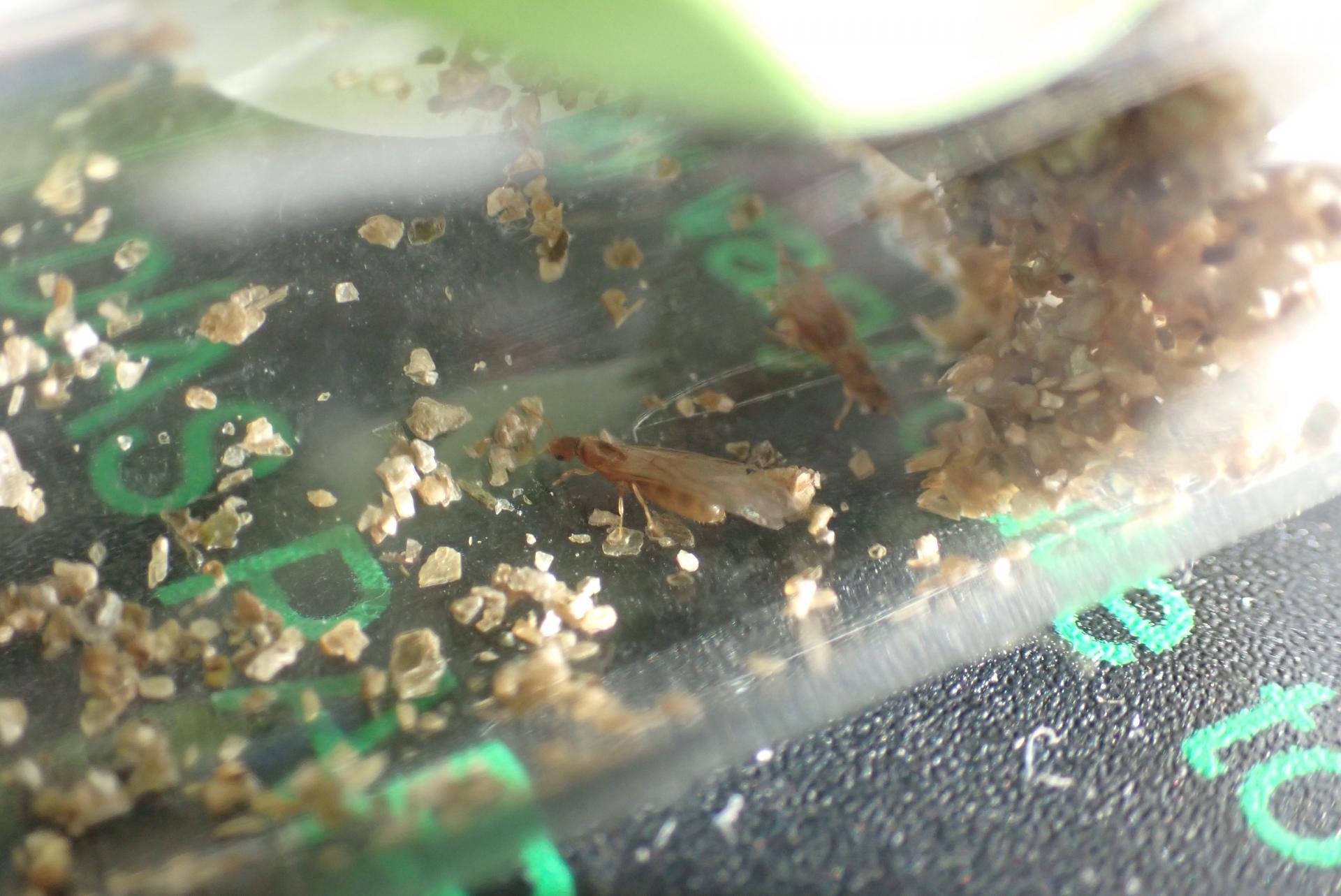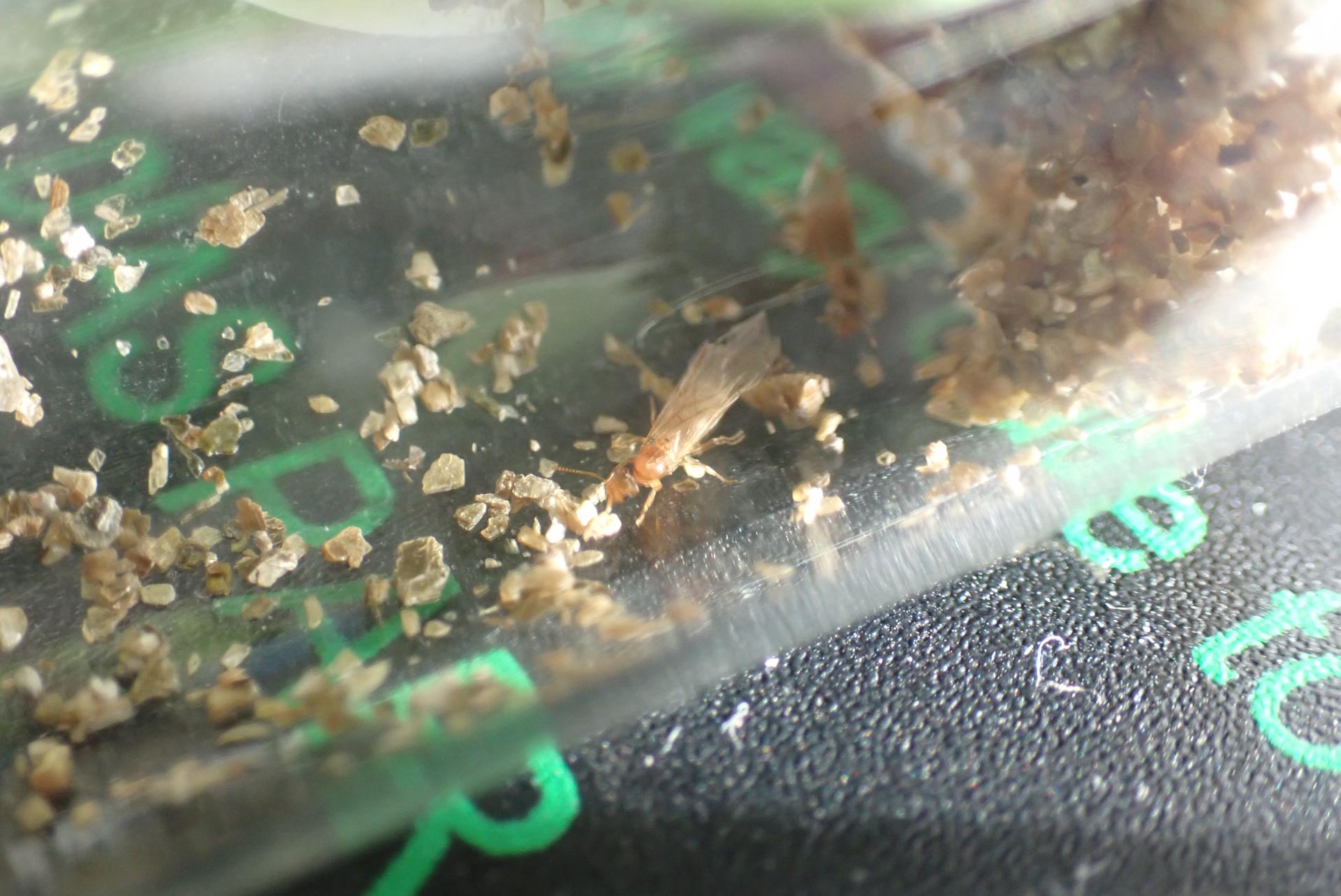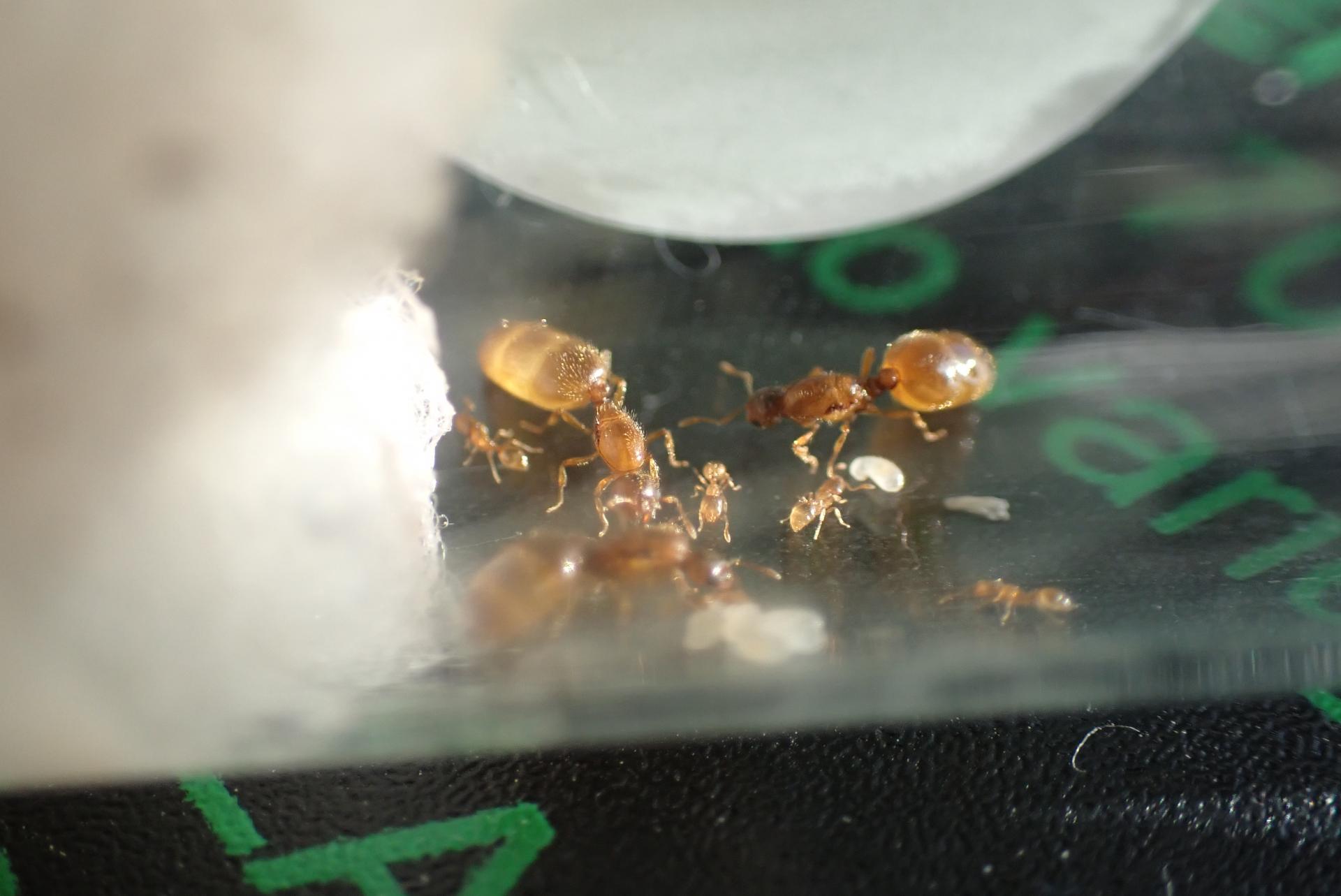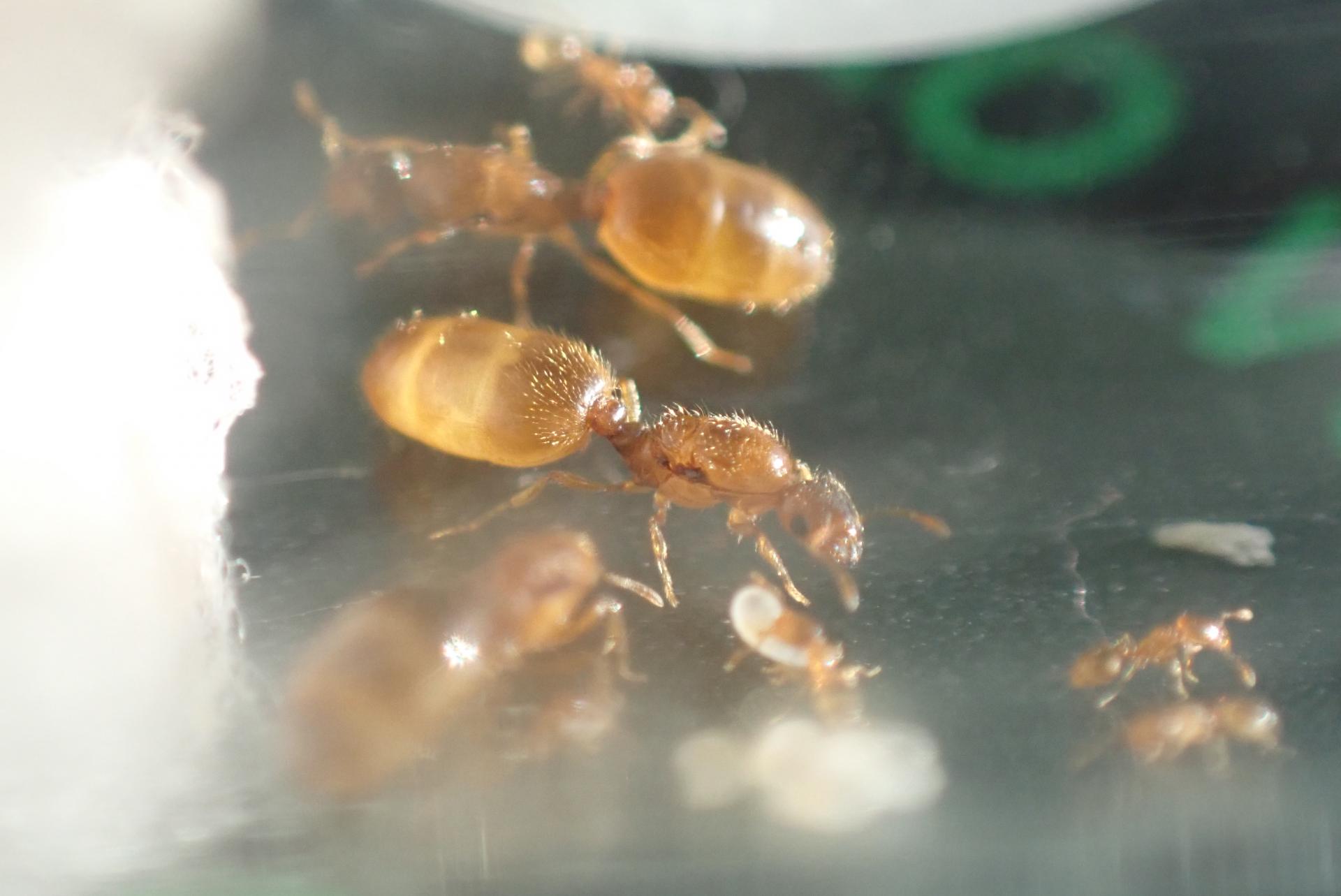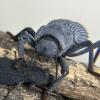Ants_Dakota's Micro Ants Journal
Entry 1: Solenopsis molesta-complex
9/8/2024
Background
The Solenopsis molesta-complex is one of the most numerous ant species in South Dakota. Several years back I caught over 30 queens on a tennis court and helped RushmoreAnts catch around 100 queens later that night (I cannot find that journal for the life of me). It was one of the first successful colonies I remember RushmoreAnts raising from just queens. Although this year I was only able to catch 6, I thought that this entry and the ones following could perhaps add slightly to the conversation surrounding this species complex.
So, why can I only add slightly? There are a huge number of S. molesta-complex journals out there. I am not even going to start mentioning them because there are too many. I will, however, mention two journals you could check out if you are interested in micro sized ants, the theme of this journal. bmb1bee had a journal for micro ants and so did AnthonyP163. Like these journals, most S. molesta threads rarely go past two pages (I found only one that did). Very few mature colonies have been documented, and the ones that have are usually wild-caught. So I hope to be able to raise these queens to workers (which is really easy) and document their progress to maximum size. Small ants are fun to keep! I will attempt to convince you of that in this journal.
There is one journal of utmost importance to further research on this species, and this is by Mdrogun. In it, they document the inbreeding process of a wild-caught S. molesta colony and capture some amazing video footage of it happening (as well as a super cool colony). Because queens of this species live a very short time, maybe only two years, inbreeding allows these colonies to live for a theoretically unlimited time and grow to a theoretically infinite size. Although these ants grow super fast, they take up a super small amount of room, and therefore can also be budget-friendly to ant-keepers. As always, please post information and pictures of your colony below to add to the conversation!
So, why did I label my species as a species complex? Firstly, there is a huge color variation in S. molesta queens around here, ranging from all a light yellow to some with darker heads, to some with darker heads and abdomen. These queens all found together but it still makes ID's hard. Secondly, Antwiki calls this species group "difficult to identify." Finally, ReignofRage, An Entomology Technician at the LACM, notes in their journal that the molesta "species group has quite messy taxonomy, so I'm not too keen on making a species identification until workers arrive."
My colonies
I caught my six queens on 8/20 along with the L. neoniger and L. brevicornis flights in my neighborhood. My Lasius sp. journal is located here; I encourage you to read it ![]() . I cannot accurately determine the health of this species in my area as I was not at my usual ant hunting ground, and therefore do not have past statistics on how many queens were caught. I split them into two groups of three queens, one for me and one to sell here.
. I cannot accurately determine the health of this species in my area as I was not at my usual ant hunting ground, and therefore do not have past statistics on how many queens were caught. I split them into two groups of three queens, one for me and one to sell here.
9/2/24
9/8/24
Edited by Ants_Dakota, September 15 2024 - 3:57 PM.



